I recently had an unsettling experience at the border, which included a close inspection of my grocery purchases, a long discussion in both Spanish and English regarding my purchases, particularly 60 pounds of puppy chow, with officials from two different departments, and which resulted in a fine. I have brought lots (I almost said “tons,” which could be correct) of dog food across the border over the years, and it has never caused trouble, so I drove home to Puerto Peñasco confused. My prohibited items, if I understood correctly that they were illegal, were still with me, but I was warned not to expect another pass, and I was poorer by $600 pesos.
I always assume that my flawed Spanish is at least partly responsible for my misunderstandings in Mexico, and a website to which I had been referred was not helpful, so I invited my Mexican friend to drive up to the border with me, and help clarify my confusion. SENASICA can be compared to the U.S. Department of Agriculture, and has a brand new office in Sonoyta at the border. The staff there was extremely helpful, and many things were clarified for my friend and me!
According to the officers at SENASICA, there have been no recent changes in Mexican law regarding the importation of food and agricultural products to Mexico, but enforcement has been recently been implemented at “our” border crossing from Lukeville into Sonoyta. It turns out that the “fine” I paid had nothing to do with what I brought into Mexico, but was instead a customs issue, and was actually a tax on the value, in excess of $75, of the things I brought into Mexico; it was not levied by SENASICA, who does not charge fines. They, do, however, confiscate prohibited items.
In order to know with whom you are dealing, uniform descriptions might be useful; the customs people on the Mexican side of the border wear blue, and the SENASICA folks wear green shirts or vests. The customs people checking your car may call in the guys in green for a ruling on agricultural products, food, or pets. Officials wearing either color may ask you to stop, even if you have gotten the green light to pass without a vehicle check. Sure enough, it was a guy in green who gave permission for me to keep my puppy chow, and a guy in blue who wrote out the receipt for my $600 pesos.
So what may and may not be brought across the border? Foreigners crossing the border into Mexico are allowed to bring food for their own personal consumption, not to exceed 15 kilos (33 pounds) per vehicle (not per person), total combined weight of all food products. In addition to the 15 kilos combined weight of all food, 3 turkeys, fresh or frozen (not live) may be brought, IF they are in original unopened packages, as purchased from the store. Dairy products and eggs are allowed, IF they are in original unopened packages, as purchased from the store. Most common fruit and vegetables are allowed. The key is that combined weight of all the food you are bringing, 15 kilos, except those turkeys!
Items prohibited are any type of flour or meal, either by itself or as an ingredient; hence the dry dog and cat food, most of which contains something such as chicken or other meat meal or byproducts. Beef in every form, i.e. fresh, frozen, canned, dried, potted, in a jar, corned, sliced, diced, pureed, powdered, or as an ingredient, including in animal foods, is not allowed. Period. No beef. If found in your cooler, car, trailer, or motor home, it will be confiscated. I asked about exceptions, and told them about the annual Cholla Bay St Patrick’s Day corned beef and cabbage tradition of many years. After listening carefully, and explaining why an exception cannot be made, even for Cholla Bay, the man in green suggested that Cholla Bay change the menu for St Patrick’s Day. Meats other than beef are allowed, IF they are in original unopened packages, as purchased from the store, and in quantities for personal consumption. Some sausages and other “cured” meats are not allowed, if they are from certain countries. Non-beef cured meat products from the U.S.A. and Canada, such as the prized spiral-cut hams, are fine. There is more on this on SENASICA.GOB.MX, which has an English translation key at the upper right on the main page, but I could not find a word about those 3 turkeys, or even the 15 kilos of food allowed, but perhaps I lost patience before finding all the site has to offer. My plan is to follow the rules told to me by the guys that enforce them.
My friend and I asked about donations, and learned lots more. Many people bring food to be donated to local people in need, and that is allowed, but the days of cleaning out the cupboards, or buying meat or canned goods on sale to donate are over. Only rice and pinto beans can be donated, and can be brought into Mexico in “donation-size” quantities, provided that they are accompanied by a letter from the receiving organization that specifies the vehicle, its plate number, the driver and the date the donated rice and beans will be arriving. The driver should be prepared to pay a small “token” tax at the border, since the quantity of food will be greater than for personal consumption. What about donations to the animal shelters? There are some cat foods on the market that are made of fish, fish meal, fish byproducts, etc., and those are allowed, but don’t forget that 33 pound total weight limit! Pet foods with the prohibited ingredients will be confiscated.
The suggestion was made that since most dry and canned animal food contains beef, meat and/or poultry meal and byproducts, the shelters would be better served if people either donated money to the shelters to purchase food, or donated pet food purchased locally. This might be a good idea for food donations for people as well…
We are grateful to the SENASICA staff at the border for helping to clear up the mysteries of bringing food across the border into Mexico. My friends, who travel to Puerto Peñasco from up north, recently tried their first trip south without hauling a week’s worth of food, and loved it. “It was so much easier!” says Eileen. “No planning, no packing, no cooler, no ice…on our way down, we stopped at the grocery store in town before driving out to Cholla, and it worked perfectly! We are DONE bringing down food!”


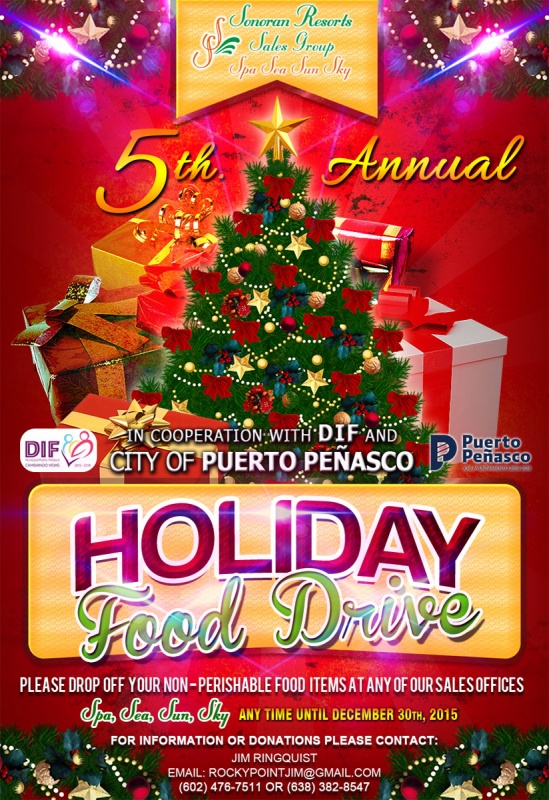



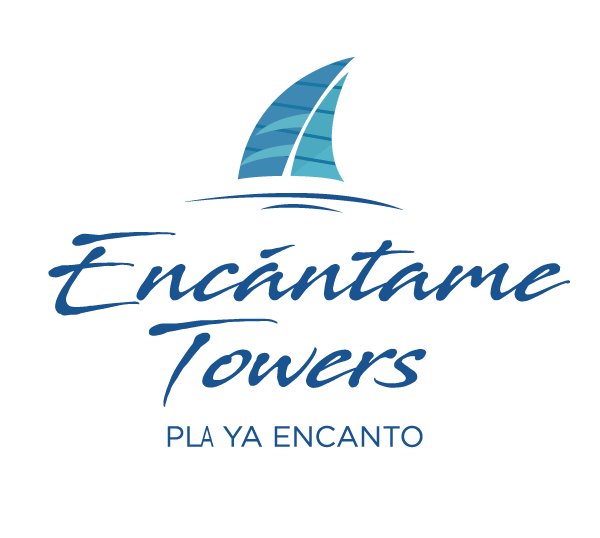













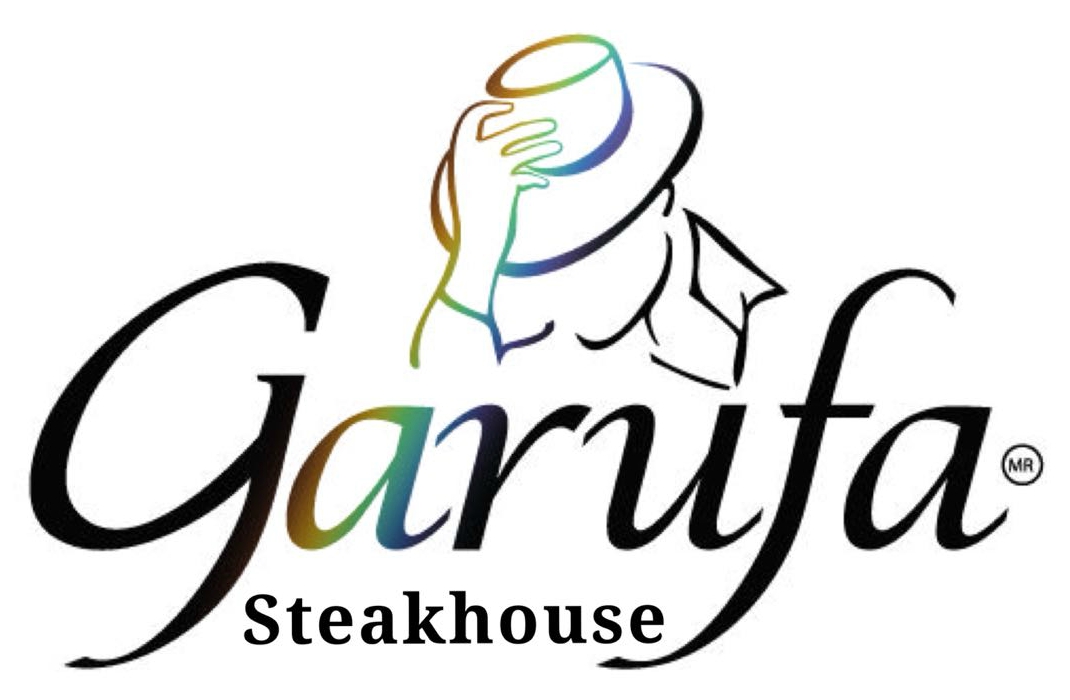
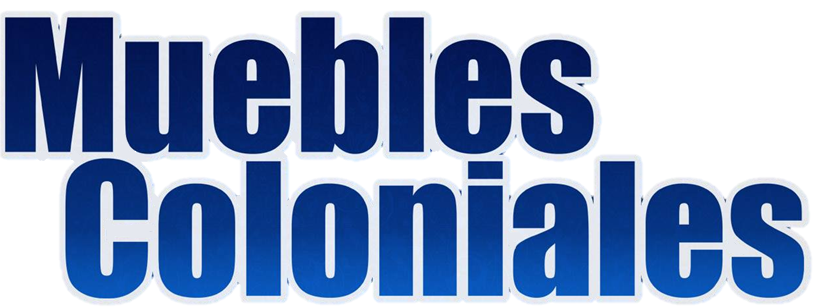
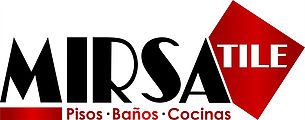



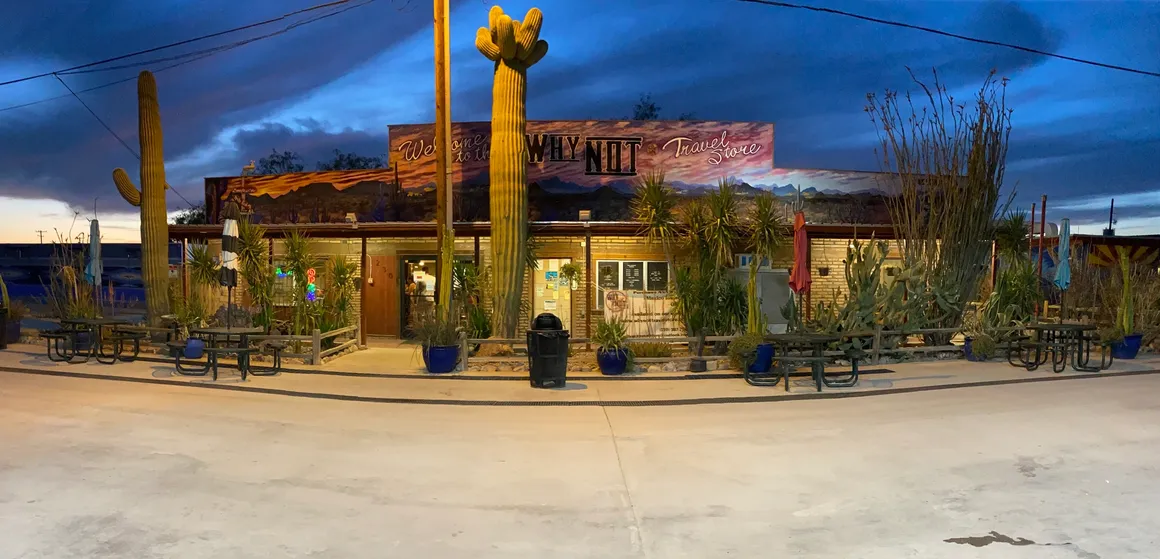

We’re travelling to Rocky Point in Sept. with our 3 dogs. Where can we purchase dog food once we arrive? Are there any premium US or Canadian brands available? One of the dogs has a grain allergy and can’t deal with food that contains wheat, corn, or rice.
We have crossed the border there many times..the only problems encountered were at the hands of US Border officers upon re-entering the US, who more often than not, are rude, antagonistic and arrogant.
I just crossed yesterday 6/13/2013 and they took my packaged chicken and bagged packaged lettuce. He said it was new rules as of three weeks ago. He gave me a claim ticket to ensure they were destroying my items if I should feel like I needed to check if they were indeed destroyed on my way back to the US. He took my drivers license and car registration and told me I would be fined in the future and that this was just a warning, I think they really just wanted my items for their lunch, since he left my cooler full of pork chops, hamburger, pork sausages, two more packages of chicken, two more packages of salad bags, grapes, blueberries, 6 bottles of wine, a bottle of vodka and two bottles of baileys. All of these items he said were not permitted, but somehow didn’t seem to “notice” them while pulling out the one package of chicken and one package of lettuce. Of further interest I was transporting an $800.00 ceramic grill that I fully disclosed and expected to pay import taxes on. They didn’t care at all about my grill or collecting the tax, just the chicken and lettuce. They also did not care about me paying my extra tax on my excessive liquor. I find this all very unexplainable other than it was nothing more than taking my food items that they wanted. I have been stopped numerous times before with these same food items and they have NEVER taken a thing from me. When I asked the SENASICA person about what was permitted and what was not he told me that NO chicken, NO pork, and NO produce was allowed. I argued with him saying all my products are in original store packaging which I have been told before was acceptable for any types of meat or produce. He told me that these are “new rules” put into effect three weeks ago???? I find it Odd that they left my cooler full of pork, chicken and produce and only took two of my items. Completely inconsistent.
I just crossed yesterday 6/13/2013 and they took my packaged chicken and bagged packaged lettuce. He said it was new rules as of three weeks ago. He gave me a claim ticket to ensure they were destroying my items if I should feel like I needed to check if they were indeed destroyed on my way back to the US. He took my drivers license and car registration and told me I would be fined in the future and that this was just a warning, I think they really just wanted my items for their lunch, since he left my cooler full of pork chops, hamburger, pork sausages, two more packages of chicken, two more packages of salad bags, grapes, blueberries, 6 bottles of wine, a bottle of vodka and two bottles of baileys. All of these items he said were not permitted, but somehow didn’t seem to “notice” them while pulling out the one package of chicken and one package of lettuce. Of further interest I was transporting an $800.00 ceramic grill that I fully disclosed and expected to pay import taxes on. They didn’t care at all about my grill or collecting the tax, just the chicken and lettuce. They also did not care about me paying my extra tax on my excessive liquor. I find this all very unexplainable other than it was nothing more than taking my food items that they wanted. I have been stopped numerous times before with these same food items and they have NEVER taken a thing from me. When I asked the SENASICA person about what was permitted and what was not he told me that NO chicken, NO pork, and NO produce was allowed. I argued with him saying all my products are in original store packaging which I have been told before was acceptable for any types of meat or produce. He told me that these are “new rules” put into effect three weeks ago???? I find it Odd that they left my cooler full of pork, chicken and produce and only took two of my items. Completely inconsistent.
Kim or Queen, you were lucky, why would you argue if you were saving more money while not paying the import taxes?
I can honestly say that i HATE those federal guys in blue uniforms, one of them went all mad because we were carrying an extra car battery that was bought in mexico anyway. Why can’t i cross dog food if i’m going to MY house in MY country? I’ve been living in the border all my life, they should pack their things and move. Sorry, but not sorry i went to buy stuff to “el otro lado” if it’s cheaper than here, that’s why i paid for a border crossing card you know, and why put an attitude with mundane things like dog food and a battery if the guys with drugs and weapons cross daily without they knowing? Federals go home now.